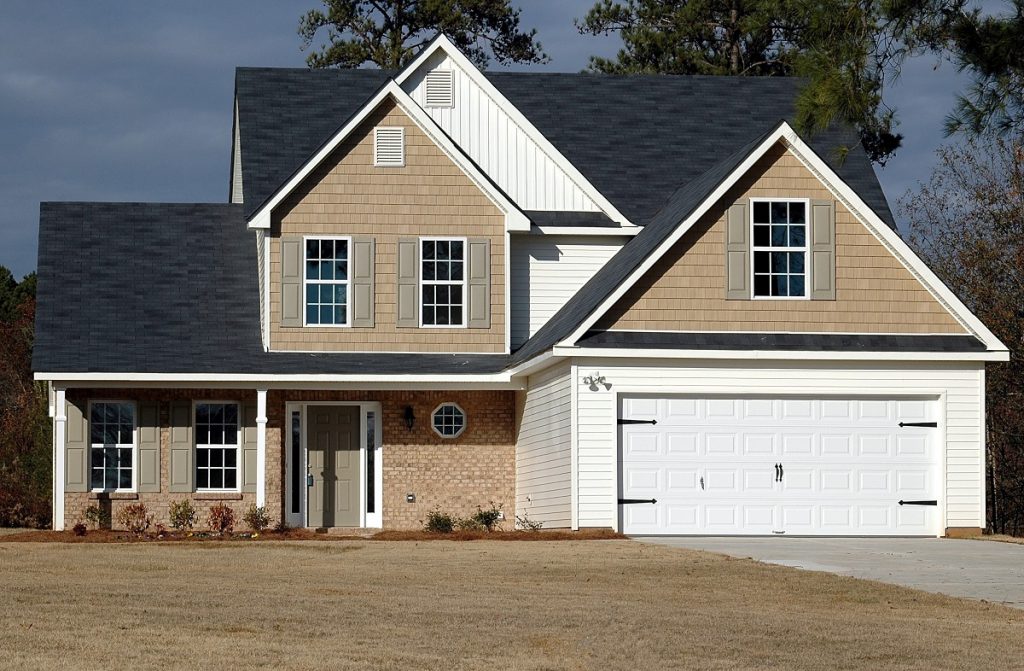Most homes aren’t just designed to make inhabitants feel secure, but they’re also designed to endure various weather conditions. Although most of us are aware that storms, strong winds, and natural calamities can leave a mark on our home, other “unseen” elements in nature can affect our family. For instance, long-term exposure to moisture is known for severely cutting down on your home’s lifespan.
So what are some ways of preserving your home’s lifespan? How do you effectively address water and moisture? Here’s what you’ll need to know.
Why Does Moisture and Humidity Matter?
But before we discuss some of the critical ways of preventing moisture, we have first to discuss why it can be detrimental to your home’s structure.
The first thing that most architects and engineers will focus on will usually be mitigating water damage to homes. Why? Water is known for being one of the most abundant elements in nature can cause damage to buildings in the long-term. According to certain studies done on homes, around 14,000 homeowners in the United States have experienced water damage that has led to emergencies in residential and commercial workplaces.
The structural damage that has been done toward these structures has accumulated billions of dollars in costs. Each year, the amount spent on repairs and replacements for construction materials affected by water damage is continuously increasing.
In most cases, homes are built to last against water damage. Roofs, gutter systems, and drainage pipes are just some structures of your home that are specifically designed to help against water by redirecting it to appropriate areas. But even though your home might be foolproof against water, most homeowners will still need to be alert against another form of water damage: moisture.
Since the air can retain a fair amount of humidity and moisture, most homes situated in warmer areas of the country will need to ensure that their homes are sufficiently dry to stop the formation of molds and biological contaminants that might wear away the structure of your home. In most cases, moisture and water can cause wood to rot and rusting among metal structures.
Of course, the last thing that a homeowner wants is their home’s structural integrity being cut down by molds and mildews. So what are some practical ways of reducing moisture and humidity? Here’s what you’ll need to know.

Minding Your Entryways and Windows
First and foremost, you’ll need to start minding your entryways. Most would suggest using double-paned windows since this can help mitigate condensation and moisture from seeping inside your windows. For homes situated in colder climates, there should be a right balance of moisture and humidity to ensure that most individuals won’t have to worry too much about not feeling comfortable and that rotting won’t happen in your wooden structures. For colder environments, triple-paned glass is great in keeping cold temperatures out.
If you haven’t installed windows that are resistant to water and moisture just yet, you might want to consider getting airtight windows. Some professionals are known for offering motorized window treatment. This is a great way of keeping your windows in pristine condition. Not only will this help with your windows’ integrity, but this can keep them in pristine condition in harsh weather environments.
HVAC Systems Can Help
Exhaust fans and air conditioning units are some of the effective means of removing too much humidity. But not only does this remove excess moisture, but this is also known for helping with odors.
Exhausts should be placed on bathrooms and in kitchens, significantly when smoke might accumulate upwards. Most experts would say that exhausts should be turned on at least once a day. Certain studies have shown that humidity of around 55% can cause molds to form, which can be unsightly. If you’re cooking or showering, it’s important to run your exhaust fans.
Strategically Placing Plants
If you’re not too keen on relying too much on HVAC systems that might increase your electrical bills every month, you might want to consider strategically placing some plants in areas that have high humidity. Most tropical plants and ferns are known for thriving in environments with high moisture and humidity, helping reduce your overall energy consumption.
Most experts would suggest placing these plants in areas close to waterways, such as pipes, kitchens, and showers. This is an excellent way of reducing the growth of molds in certain areas while also adding a few greeneries to your home.
Although it might not seem like it, moisture and humidity can cause a great deal of damage to your home if you’re not mindful of the tell-tale signs of damage. Fortunately, there are a lot of ways that you can decrease the overall humidity inside your home without having to renovate your entire living space. It’s still important to remember that you might have to invest in some of these changes. Although you’ll need to spend more than usual to stave off moisture, it’s better than facing down emergencies that could cost you thousands in the long run. After all, safety should be your priority.







